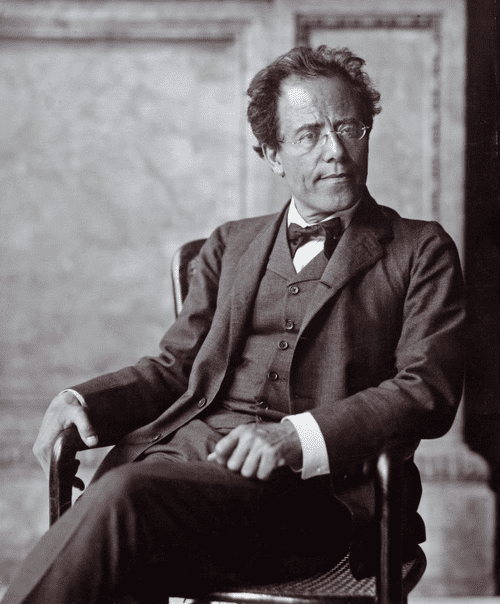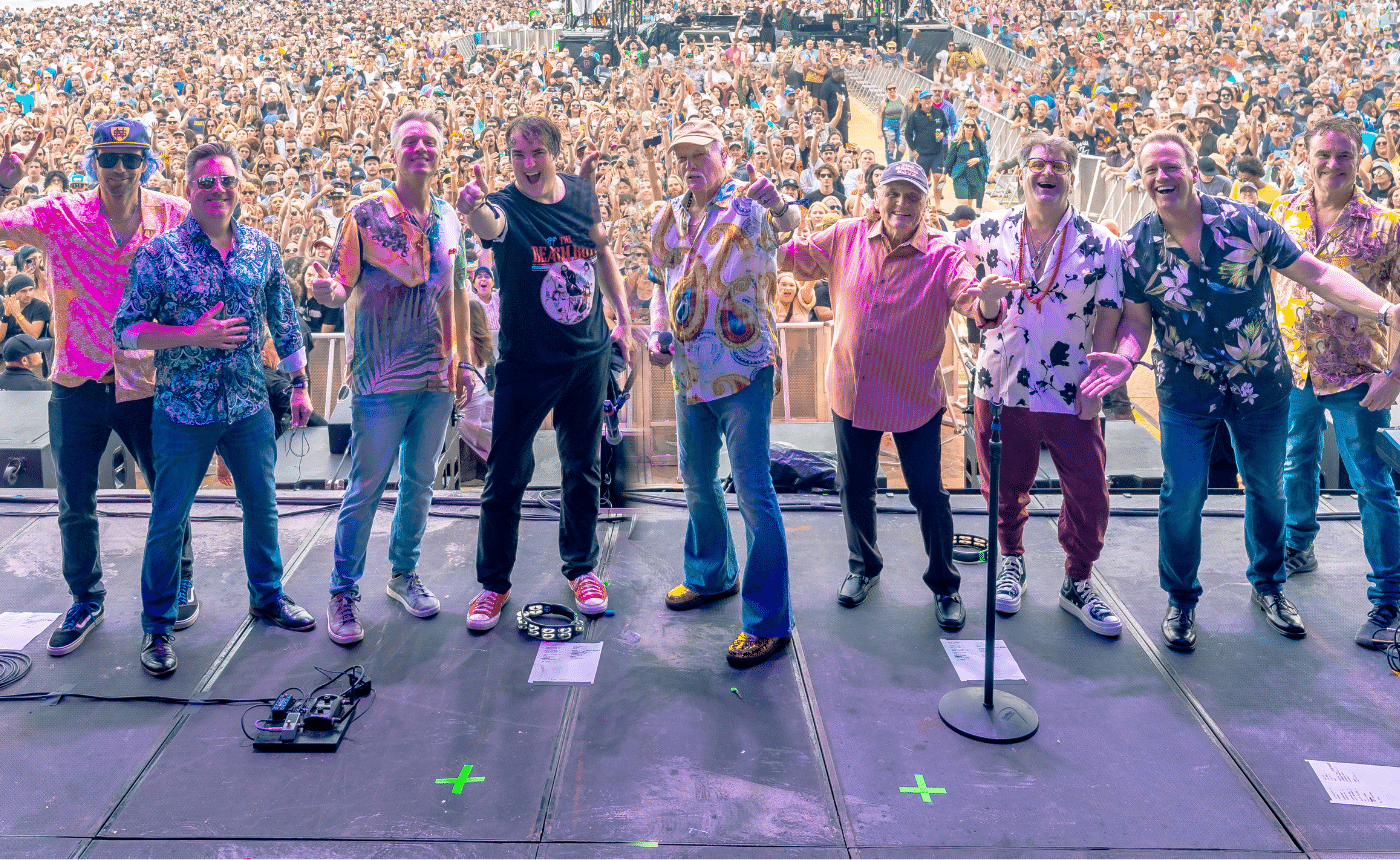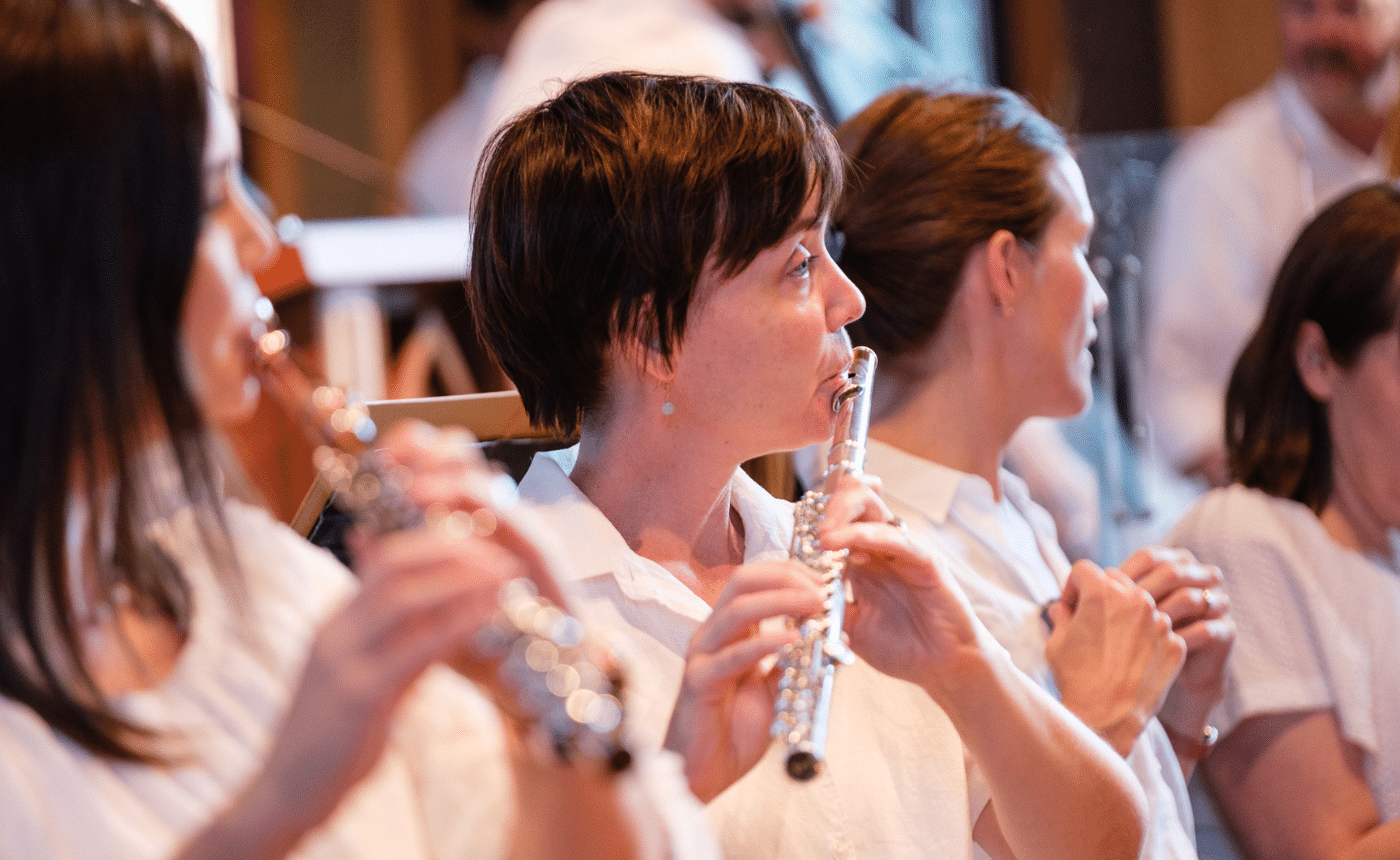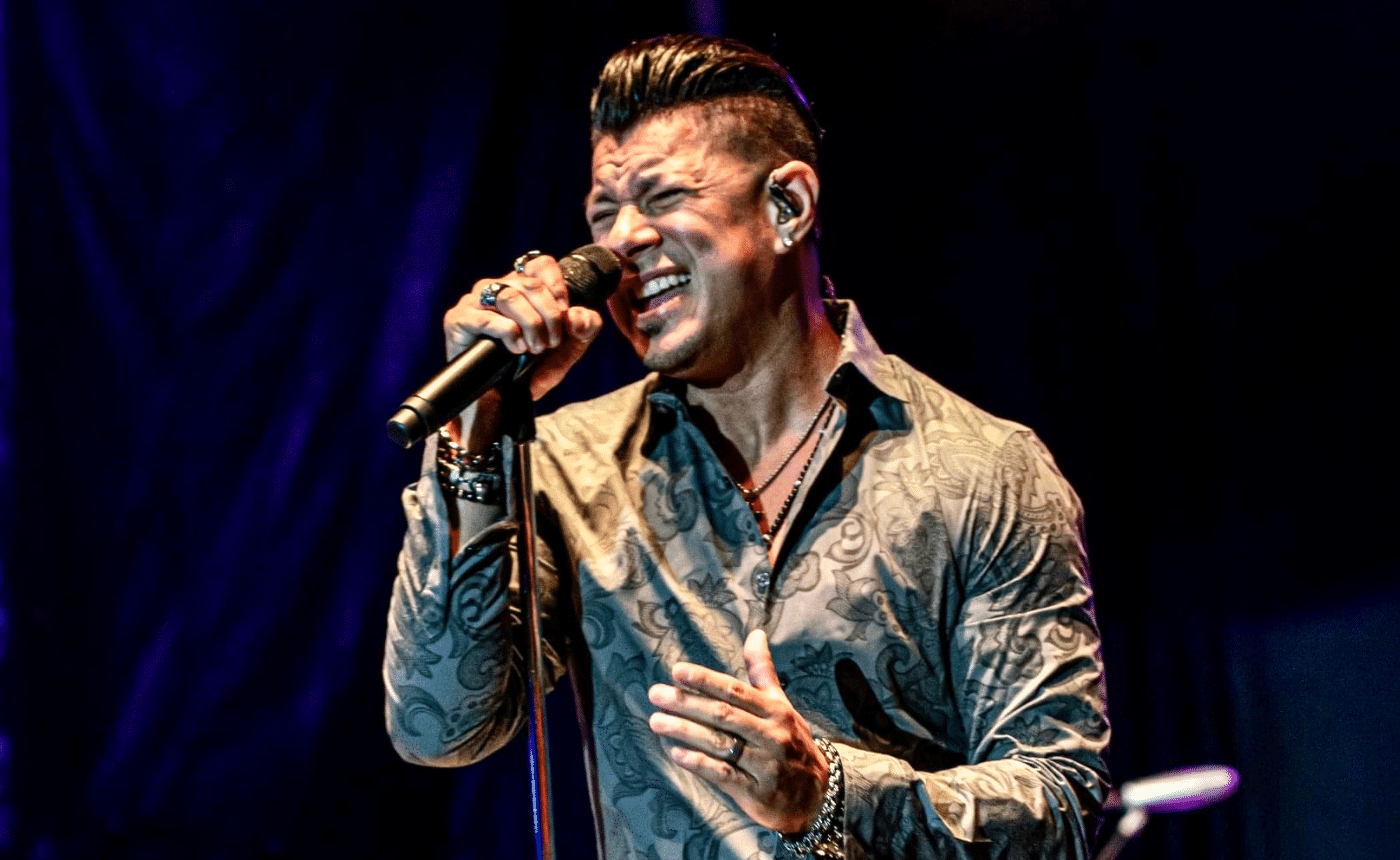Mahler Listening GuideSymphony no. 9 in D Major/D-flat Major
by Bettie Jo Basinger

Gustav Mahler
Work History:
Around 1903, Mahler began taking conducting trips—often in connection with performances of his own works—that resulted in absences from his post as director of the Court Opera in Vienna. The anti-Semitic press capitalized on these sabbaticals in order to stir up ill will against the composer; journalists similarly exploited any disagreements between Mahler and his singers. By the spring of 1907, these truancies and opera house “scandals” had severely strained the composer’s relationship with his employers, and Mahler secured a position with the Metropolitan Opera in New York. Prince Alfred of Montenuovo (1854-1927), who oversaw the Hapsburg court theaters, therefore accepted his resignation in June of the same year
Because the composer’s American commitments did not begin until January of 1908, the Mahlers elected to summer in Maiernigg as usual. Just prior to leaving Vienna for this Southern-Austrian retreat, however, their younger daughter Anna Justine—affectionately called “Gucki”—fell ill with scarlet fever. The family consequently delayed departure until she fully recovered. Even though the Mahlers separated her from her sister during this period of convalescence, the older child Maria Anna—or “Putzi”—contracted the same disease shortly after arriving in Maiernigg. Diphtheria also set in, and despite a tracheotomy, the four-year old died on 12 July 1907.
Alma Mahler with Maria Anna and Anna Justine, ca. 1905-1906. Photographer unknown.
The loss of their oldest daughter understandably upset Mahler and his wife Alma greatly. In fact, the severity of the latter’s distress prompted the summoning of a doctor, who examined Mahler as well as his wife. This physician discovered that the composer was suffering from a heart condition—likely caused by a streptococcal infection he caught during his youth—that involved rheumatic mitral valves. According to Alma’s 1940 memoirs,
“Well, you have no cause to be proud of a heart like that,”
[Doctor Blumenthal] said in that cheery tone doctors frequently
adopt after diagnosing a fatal disease. This verdict marked the
beginning of the end for Mahler.
Scholars generally believe that Mahler composed very little new music in the wake of this misfortune. When he resumed work in the summer of 1908—in Europe, where he would continue to spend the months during which conducting duties did not require his presence in New York—he concentrated on Das Lied von der Erde [Song of the Earth]. Designated as “eine Symphonie für eine Tenor- und eine Alt- (oder Bariton-) Stimme und Orchester” [“A Symphony for Tenor and Alto (or Baritone) Voice and Orchestra”], this cycle of six songs sets poems from Hans Bethge’s free adaptations of ancient Chinese poetry published in 1907 as Die chiesische Flöte [The Chinese Flute]. The texts, which Mahler modified unreservedly, exhibit an appreciation of nature, a love of life, and especially an awareness of human mortality; Alma’s memoirs describe them as possessing an “infinite melancholy [that] answered to [Mahler’s] own.” Das Lied von der Erde thus articulates the tragedy the composer experienced in 1907, as well as a vision of the future shaped by his health concerns.
But critics and biographers also interpreted Symphony no. 9 as some kind of “farewell” when it premiered in Vienna on 26 June 1912. Although Mahler may have sketched portions of the work in 1908—the same period he was focusing on Das Lied von der Erde—the bulk of composition occurred during the summer of 1909 at Toblach (or Dobbiaco) on the Austrian/Italian border,* and his state of mind at this time remains unclear. Letters the composer penned to Alma between June and July indicate good spirits; earlier that year, Mahler had even written to conductor and friend Bruno Walter (1876-1962) that “I have more thirst for life than ever, and find the ‘habits of existence’ sweeter than ever.” Nevertheless, he still lingered under the shadow of death. Upon the advice of his doctor, the composer had curtailed the hiking and other physical activity he had formerly enjoyed in order to avoid aggravating his heart condition. More significantly, Mahler purchased burial plots at the Grinzing Cemetery outside Vienna, where he arranged to have Maria’s remains relocated in July 1907.
Mahler in Fischleinboden (like Toblach, located in the Puster Valley in the South Tyrol), ca. 1907.
Even the numbering of the Ninth Symphony carried baleful connotations that troubled the compsoer. In her memoirs, Alma explains that her husband affixed the label “symphony” to Das Lied von der Erde as a subtitle because
. . . in his dread, he wished to dodge a Ninth Symphony, as neither
Beethoven nor Bruckner had reached a Tenth. At first he wrote
Das Lied von der Erde as the Ninth, but crossed the number out.
When he was later writing his next symphony, which he called the
Ninth, he said to me: “Of course, it’s actually the Tenth, because
Das Lied von der Erde was really the Ninth.” Finally, when he was
composing the Tenth, he said, “Now the danger is past. . . .”
Beethoven died after his Ninth Symphony and Bruckner before
finishing his Ninth; hence it was a superstition of Mahler’s that no
great writer of symphonies got beyond his Ninth.
Unfortunately, Mahler’s belief in the “jinx” of a Ninth Symphony proved correct—at least in his case. As the same passage of Alma’s memoirs state: “he did not live to see the Ninth performed, or to finish the Tenth.”** While in New York for conducting engagements during February of 1911, Mahler contracted strep throat. With the discovery of penicillin nearly two decades away, the infection further weakened his already compromised heart, resulting in endocarditis. Aware of the composer’s terminal condition, the family returned to Europe, and Mahler succumbed to his illness in Vienna on 18 May 1911. His remains now lie in Grinzing Cemetery, alongside those of his daughter Maria.
Those who attended the first performance of Symphony no. 9 just over a year later heard the piece in light of its author’s demise. That many received the work as a musical utterance of farewell and death reflects the circumstances of the composition’s premiere. Yet the music of the Ninth Symphony facilitates this reading. The symphony both begins and ends with large slow movements. Moreover, the music contrasts harmonic stasis with forward motion; it also strives for closure without attaining it, at least not in the manner of traditional harmony. Finally, allusions to other pieces abound, and many of the referenced compositions— Das Lied von der Erde; Kindertotenlieder [Songs on the Death of Children]; Symphony no. 2 in C Minor, “Resurrection”; and Beethoven’s Piano Sonata no. 26 in E-flat Major, Op. 81a, “Das Lebewohl” [“The Farewell”]—evoke leave-taking or the grave. These features only encourage listeners to decode Symphony no. 9 as Mahler’s “goodbye,” even if the composer did not intend the work as such.
* The family sold their home at Maiernigg because it held too many painful memories.
** He had essentially completed its composition, but had not orchestrated Symphony no. 10 upon his death.
Approximate Time in Performance:
80-90 minutes
Instrumentation:
4 flutes
Piccolo
3 oboes
English horn, doubling as oboe 4
E-flat clarinet
3 clarinets
Bass clarinet
3 bassoons
Contrabassoon, doubling as bassoon 4
4 French horns
3 trumpets
3 trombones
Tuba
Timpani
Glockenspiel
Deep Bells
Triangle
Cymbals
Tam-tam
Bass drum
Snare drum
2 harps
Violins
Violas
Cellos
Basses
Listening Guide for the First Movement:
Despite the unusual tempo (Andante comodo) of the Ninth Symphony’s opening movement, Mahler follows convention by retaining the basic outline of sonata form. The exposition commences with a lyrical violin melody made up of short segments separated by rests. Descending sigh figures permeate this theme, as they will much of the subsequent symphony. After only a few minutes, however, the music moves into the minor mode for a darker, impassioned passage. Yet this too proves short-lived, and a quasi-fanfare in the trumpets marks a heightened return of the opening material.
Sighs in a solo horn announce the secondary key area. Here Mahler introduces ebullient gestures characterized by both ascending lines and rhythmic motion. A high degree of dissonance nonetheless underlies the music until brass fanfares break through. These both restore consonance and drive the section to its climax, at which point the exposition comes to its close.
Timpani rolls and low brass—playing motives from the opening moments of the piece—indicate the start of the lengthy development. These ideas alternate with fragments of the lyrical melody within a tense environment created by stopped horns, muted trombones, and the ominous timbre of the tam-tam. But out of this anxious atmosphere, the songlike main theme ultimately emerges, now with an “ausdrucksvoll”[“expressively”] indication. Set against “zart gesungen” [“gently sung”] and “espressivo” [“expressive”] countermelodies in the French horn, clarinet, and oboe, the tune soars until fanfares again signal significant contrast.
At this point, the full orchestra presents the main theme “mit Wut” [“with fury”]. A fortisssimo dynamic level, in combination with stopped and muted brass, distorts its lyricism as driving rhythms propel the movement forward. Nevertheless, swells in the harp, a sudden switch to the major mode, and a sweeping horn line lead to a brilliant, if dissonant, peak.
An immediate collapse follows this high point. Another build then begins, this time with the darker portion of the main melody, here marked “liedenschaftlich” [“passionate”] in acknowledgement of its nature. Soon the tempo slows as the sigh figures become prominent. From them, an allusion to Beethoven’s “Das Lebewohl” [“The Farewell”] Piano Sonata materializes in the French horns, sandwiched between mottos played by muted low brass.
A “schattenhaft” [shadowy”] indication then appears on the score as the horns continue their sighs above muted trombones. From this, the lyrical melody again arises, “sehr zart, aber ausdrucksvoll” [“very gently, but expressively”]. The ebullient material occurs against it, and together these themes strive towards the acme of the movement. Although they attain this apex, the moment consists of an unexpectedly tragic gesture: woodwinds and strings descend over a strident dissonance played by timpani and low brass, “mit höchster Gewalt” [“with greatest force”].
The remainder of the development section now proceeds “wie ein schwerer Kondukt” [“like a grave funeral procession”]. Trumpet fanfares—which even the muted violins adopt—sound, and bells ring. The horn sighs also persist, facilitating the return of the lyrical melody. This heralds the beginning of an abbreviated recapitulation. All elements of the exposition recur, though varied, in their original order before the movement— and its sigh figures—fades out in a coda.
Listening Guide for the Second Movement:
The second movement consists of four dances: a moderate-tempo ländler, a slow ländler, an Austro-German waltz, and a French waltz. Due to regional variation, the ländler may proceed at a variety of tempos, though aspects of choreography persist at every speed. Similarly, the French version of the waltz—i.e., the valse—moves at a faster pace than does its Austro-German counterpart.
In Symphony no. 9, Mahler places these components in a nearly symmetrical arrangement that preserves aspects of the scherzo-trio-scherzo design characteristic of symphonic dance movements. The following layout summarizes his form:
A Moderate ländler
Austro-German waltz
French waltz
Moderate ländler
B Slow ländler
Austro-German waltz
Slow ländler
A’ Moderate ländler
(Austro-German waltz)
French waltz
Austro-German waltz
Moderate ländler
Coda
The clarinet gesture that introduces the movement—and also ends its primary theme—derives from the sigh figures of the symphony’s first movement. Assigned an “etwas täppisch und sehr derb” [“somewhat clumsy and very coarse”] indication, the melody belongs to the moderate ländler, and it coveys a rustic character through drone harmonies and “schwerfällig” [“cumbersome”] violins that play “wie Fiedeln” [“as fiddles”]. The simple folksy nature that results nonetheless proves fleeting: complexity increases through the addition of countermelodies and lyrical lines.
As this dance begins to fade, the tempo suddenly increases. The Austro-German waltz intrudes, coupled with a significant increase in volume and a switch to downbeat (from upbeat) emphasis. In contrast, melodic lines shaped by the sigh figures remain, even as chromaticism and dissonance become more prevalent.
The sense of parody grows more acute as low brass usher in a distorted French waltz. An abrupt move to a distant key coincides with its entrance, as does an overly-accented oom-pah-pah accompaniment. Nevertheless, this grotesquerie quickly cedes to a recurrence of the moderate ländler, though it now carries some of the French waltz’s heaviness.
Pedal tones in the French horns, timpani, and low woodwinds seem to fragment the moderate ländler’s theme, drawing the movement’s first major subdivision (A) to a close. Its central portion (B) now commences with the slow ländler. This dance shares an ascending bass line and sigh figures with its moderate predecessor; but despite these concurrences, the reduced speed and addition of the triangle lighten the atmosphere.
The slow ländler bookends restatements of the Austro-German waltz. Mahler has reharmonized this waltz, as well as varying it melodically; however, its greatest alteration stems from how sharply it contrasts with the surrounding material. Because the slow ländler lacks deformation and mockery, its juxtaposition with the Austro-German waltz heightens awareness of the waltz’s disfigurement.
Further distortion of both waltzes occurs in the final large subdivision of the movement (A’). Here Mahler abbreviates the return of the moderate ländler, and he then presents only the segment of the Austro-German waltz that formerly served as a transition into the French one. The reprise of the second, more misshapen waltz therefore receives additional emphasis—not to mention extension.
After this elongated rendition of the French waltz, the Austro-German version resurfaces. The composer marks its tempo as “etwas frischer” [“somewhat brisker”], and this change effects a sense of frenzy. An abrupt restoration of the movement’s original tempo likewise feels discordant, especially since the moderate ländler resumes with uncharacteristically heavy accents. But these soon lighten, and a brief reference to the Second Symphony’s “Fischpredigt” (i.e., its third movement as an instrumental version of the Knaben Wunderhorn [The Boy’s Magic Horn] poem “Des Antonius von Padua Fischpredigt”) sounds.
This quotation signals the beginning of the coda. At first, muted timbres and a pianissimo dynamic level construct a mischievous atmosphere. Yet this dissipates as fleeting fragments of the moderate ländler emerge, and then sneak out, instrument by instrument.
Listening Guide for the Third Movement:
Some commentators rank the Rondo-Burleske as Mahler’s most sardonic and bitter creation. The ironic tone of the second movement continues here; the third movement also maintains the dissonance of the previous dances, as well their sharp contrasts. Nevertheless, the composer employs fugal technique extensively in the Rondo-Burleske, and this usage distinguishes the movement from the rest of the symphony.
As suggested by its title, the Rondo-Burleske loosely follows the layout of rondo form. In this scheme, the principal material, or refrain, alternates with contrasting episodes in other keys. The stereotypical rondo design contains five sections, usually proceeding as ABACA. For his Ninth Symphony, Mahler selected ABABACA, with fugal passages separating the refrain from both statements of the B material.
Chromatic melodic fragments in the brass introduce the refrain, evoking a “sehr trotzig” [“very defiant”] mood at the outset of the movement. The loud volume, heavy articulation, and dissonance ensure that this atmosphere remains once the violins take up the main melody. The intensity ebbs and flows as the refrain passes through various portions of the orchestra, but once Mahler starts handling the idea fugally, the expressive nature of the movement changes entirely: The turbulence starts to ease, and for brief moments, it sounds almost Baroque.
This newly found lightness runs seamlessly into the first episode (i.e., B). Although this portion of the movement retains the dissonance of the refrain—in addition to some of its contrapuntal sophistication—the reduced scoring and softer dynamic level brighten the tone. The melodic lines channel the style of operetta (e.g., Franz Léhar’s Die Lustige Witwe [The Merry Widow] of 1905) and other popular music of the late nineteenth and early twentieth centuries; this likewise contributes to the altered feel of the music.
But the malicious refrain brusquely interrupts. Once again its shrill chromaticism leads into a fugal section, though this time Mahler shortens its presentation. Despite this, the composer extends its malicious character further into his fugal treatment of the material. This, in turn, results in elongation of the fugal passage so that a reduction in orchestration and volume can prepare for a return of the first episode.
The subsequent appearance of the refrain proves entirely fugal, though an abrupt cymbal crash soon halts the imitative process. The second episode (i.e., C) now commences with a dissonant chorale deriving from the preceding fugue. Yet it quickly cedes to a lyrical melody full of turn motives and sigh figures. The theme builds to several peaks, only to recede and rise anew. The true climax, when finally attained, features the full orchestra playing fortissimo sustained chords, which immediately drop to violins alone.
The mood subsequently darkens as a clarinet gruffly anticipates the refrain. Although the oboe, followed by other instruments, keeps trying to reinstate the lyrical melody, the orchestra ultimately rejects it. The refrain resurfaces, and Rondo-Burleske consequently ends in the same ill-humor in which it opened.
Listening Guide for the Fourth Movement:
The finale of the Ninth Symphony presents two themes played in alternation, ABABA coda. Despite this seemingly simple structure, both ideas undergo continuous variation and development. Moreover, the fourth movement incorporates intricate connections to the rest of the symphony, as well as earlier works by Mahler.
Violins present the movement’s primary melody at the outset of the finale. Marked “molto espressivo” [“very expressive”], the theme absorbs both the turn motive of the Rondo-Burleske and an extended variant of the sigh figure. This results in a yearning, yet songlike tune tinged with a melancholy that stems from the prevalence of downward motion and closing gestures. A brief reference to “Urlicht,” a Knaben Wunderhorn text set as the fourth movement of Symphony no. 2, materializes before the melody evaporates. Only an isolated bassoon remains, sounding an anticipation of the B section.
Yet the lyrical melody resumes just as abruptly as it departed. Woodwinds and horns join the strings in its presentation, which builds tension and rises towards a peak. At this fortissimo climax, however, the bottom drops out, leaving the violins hanging on a high note.
Contrabassoon and cellos now reiterate the B material, over which the violins articulate a new idea. Although it shares the lyrical A melody’s turn motive, this new theme contrasts radically in terms of affect. Its extreme register and “ohne Empfindung” [“without expression”] indication evoke an eerie bleakness found nowhere else in the Ninth Symphony. Nevertheless, the pitch lowers and other instruments weave through the orchestral fabric. Thus, more passion enters, even if the minor key ensures that darkness still characterizes this passage.
A switch to the major mode and the warmth of the French horn’s timbre indicate the return of A. No B interruptions impede its progress this time. As a result, it reaches even greater heights, though a dramatic reduction in volume and scoring follows immediately after. This blossoms into an allusion to the second episode of the Rondo-Burleske, which sweetly concludes the central portion of the movement.
The subsequent recurrence of B begins with intertwining lines in the high woodwinds that reference “Der Abschied” [“The Farewell”], the last song of Das Lied von der Erde. Beneath this interplay, the ascending bassoon idea that intruded upon the first A section periodically surfaces, but it now lacks the bleak discomfort heard earlier in the finale. For this reason, the passage can move directly into the last hearing of the lyrical A melody.
Given that it enters at a fortissimo dynamic level, this impassioned section promptly builds towards its apogee, at which point fanfare-like material from the first movement even rings out in the French horns. A further statement of the lyrical theme then ensues, and it strives towards another peak. But Mahler holds back its crest, choosing instead to decrease both volume and instrumentation.
This pairing of waxing and restraining occurs several more times before the finale ends. Ultimately “morendo” [“dying”] and “ersterbend” [“dying away”] indications appear on the score; instruments exit, the volume diminishes, and the violins recall Mahler’s setting of the last lines in the fourth of the Kindertotenlieder—”Wir holen sie ein auf jene Höh’n / In Sonnenschein, der Tag is schön” [“We’ll catch up to them on those hills / In the sunshine the day is beautiful”]. In this manner Symphony no. 9 concludes by dissipating into silence.
About the Author
Bettie Jo Basinger has been teaching at the University of Utah since 2007. She has both a Master’s Degree and PhD in Musicology—as well as a Bachelor’s in French Horn Performance—from UCLA. Although her research interests include the entire symphonic repertoire, Dr. Basinger specializes in the orchestral program music of the nineteenth century, particularly the symphonic poems of Franz Liszt.












